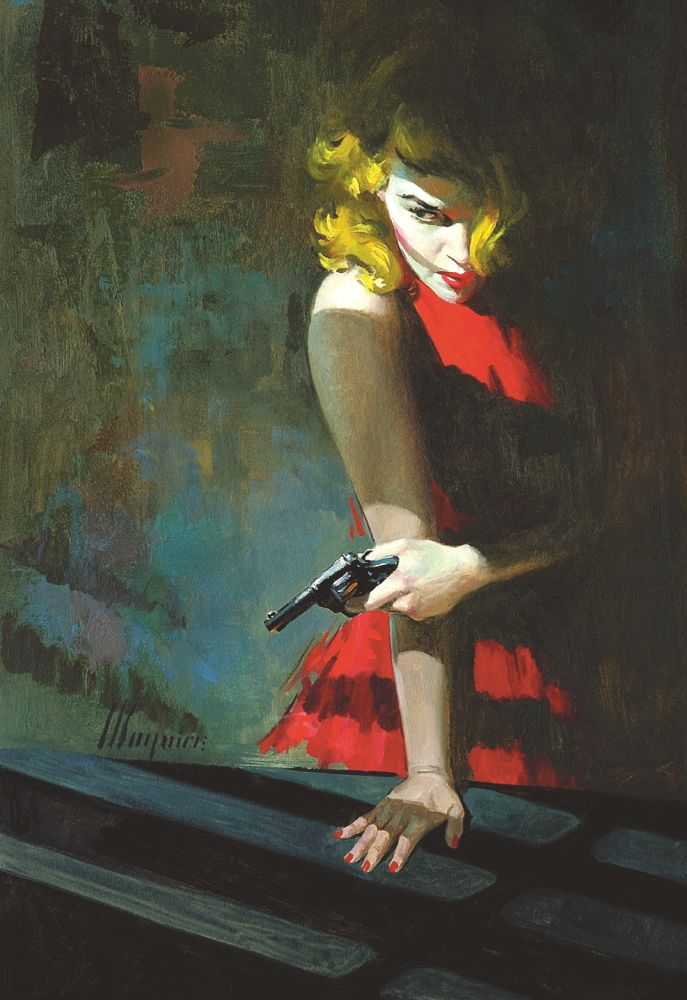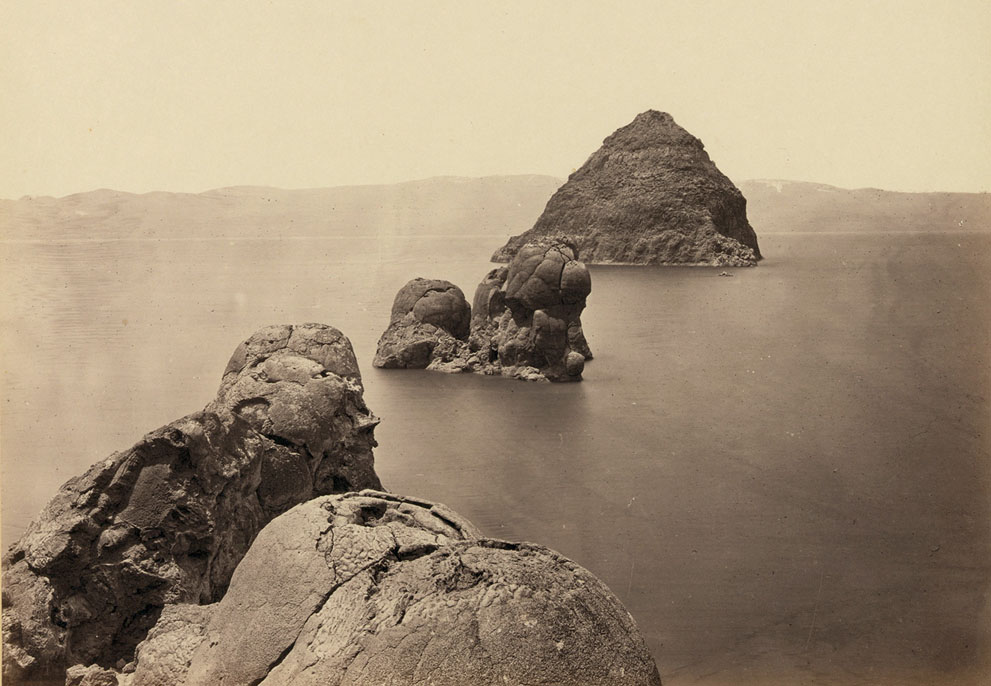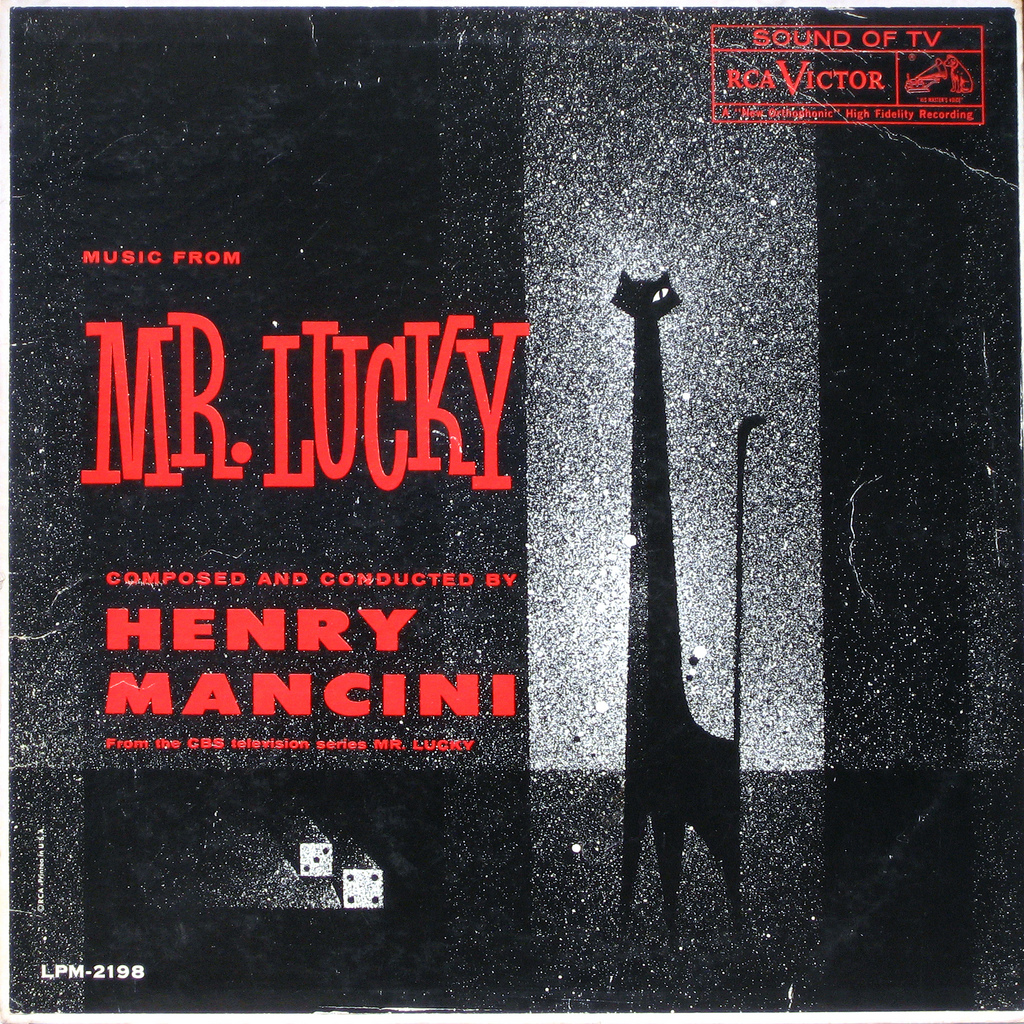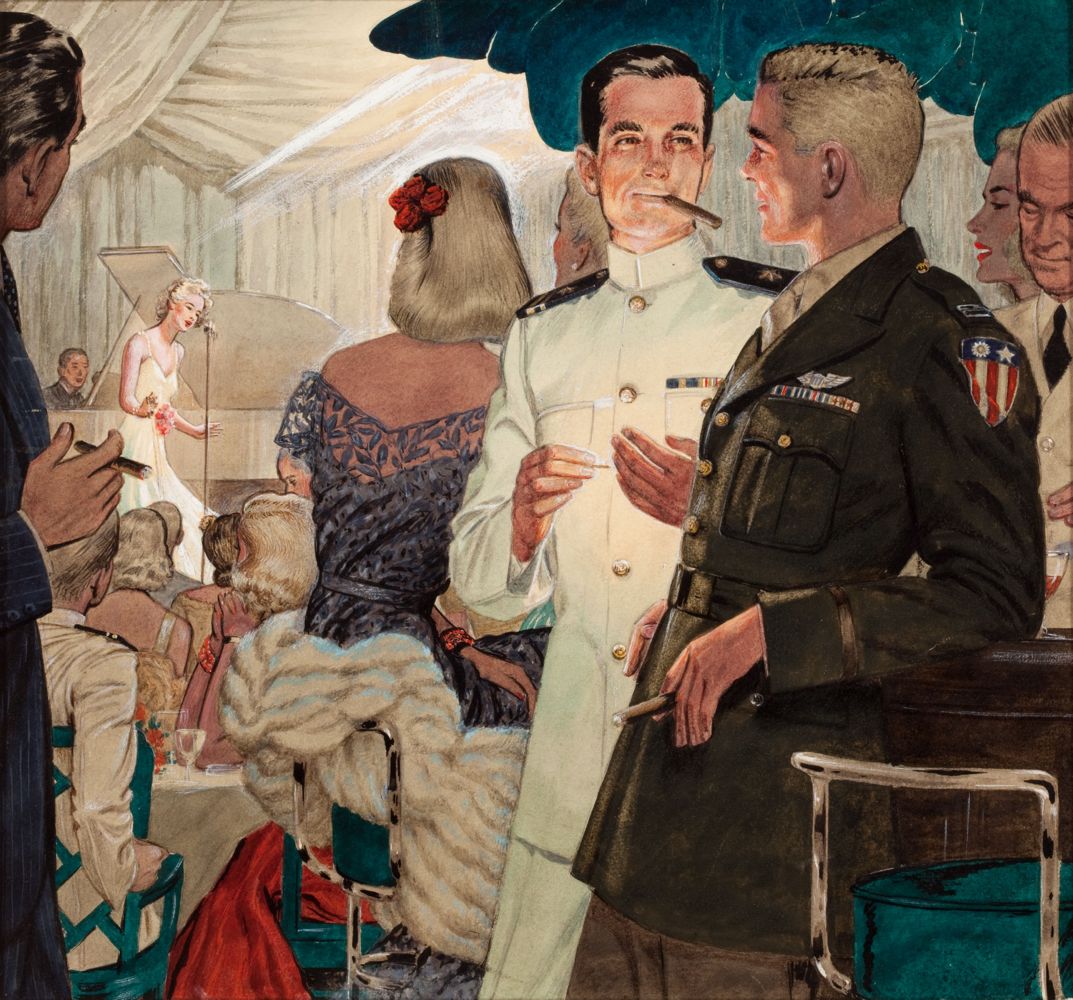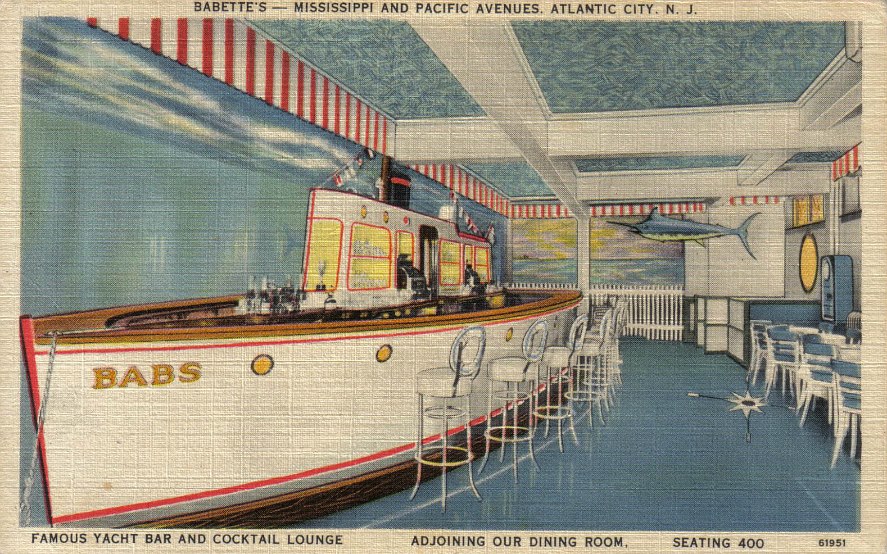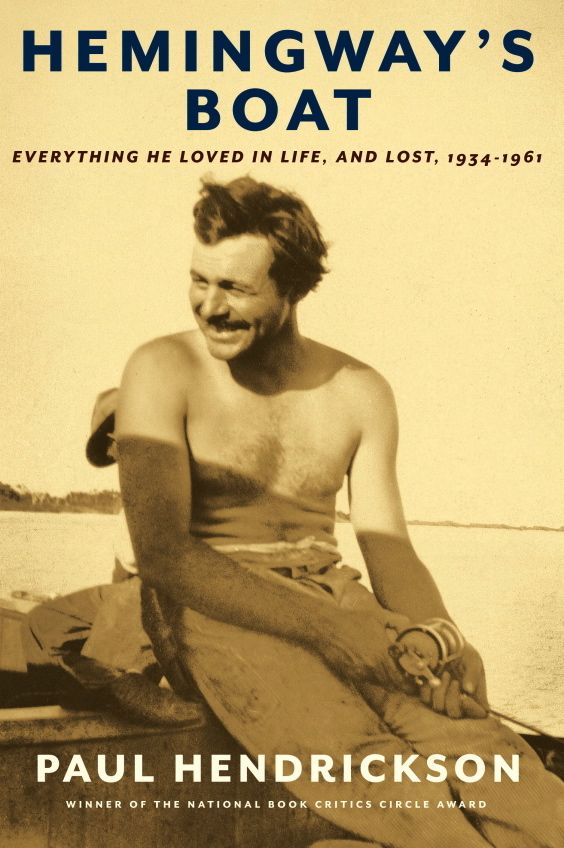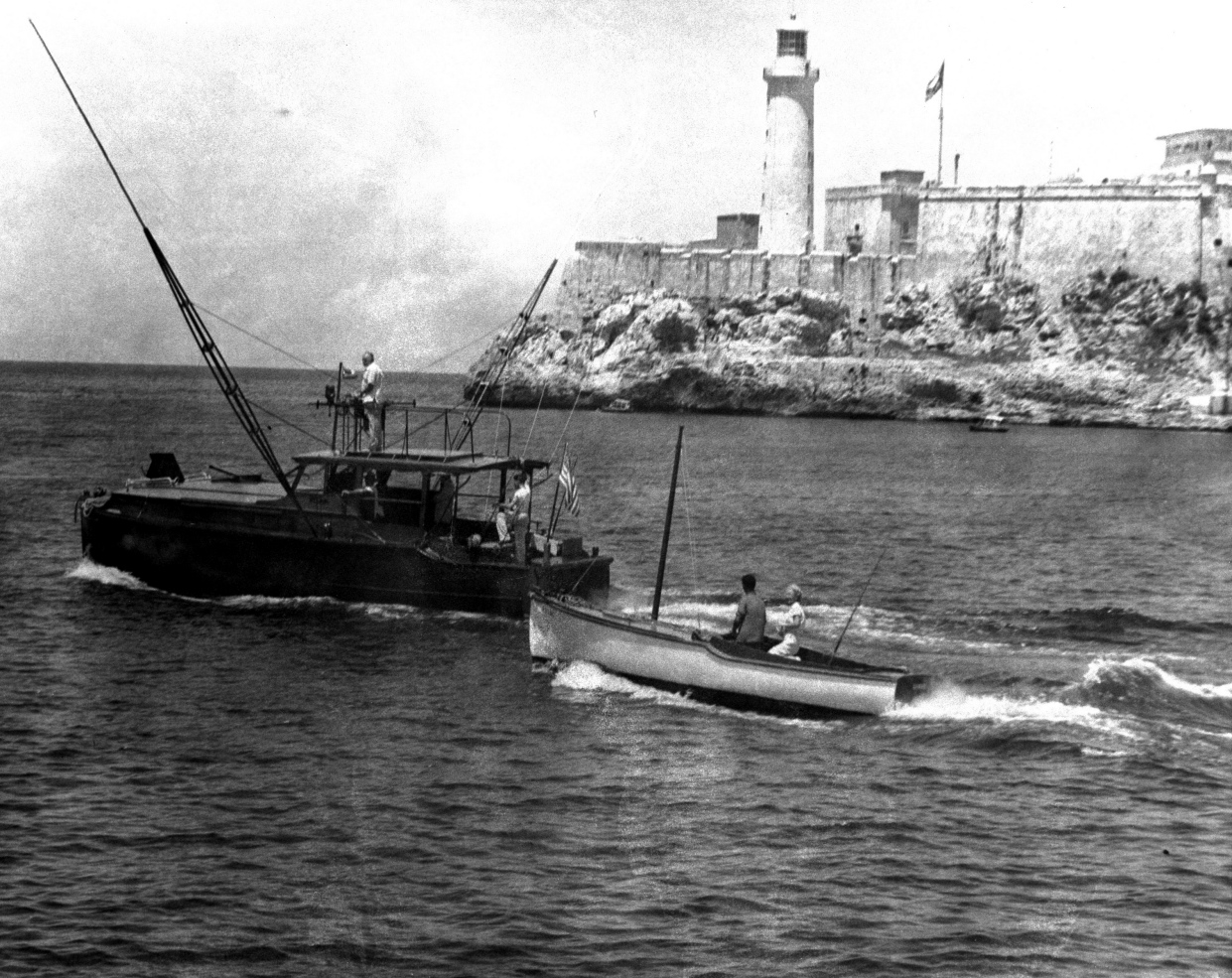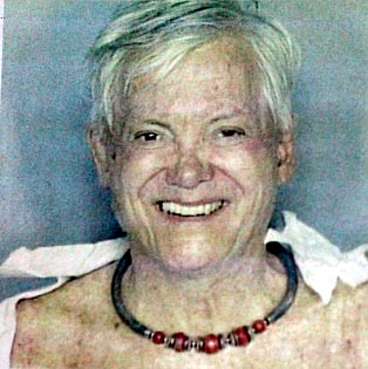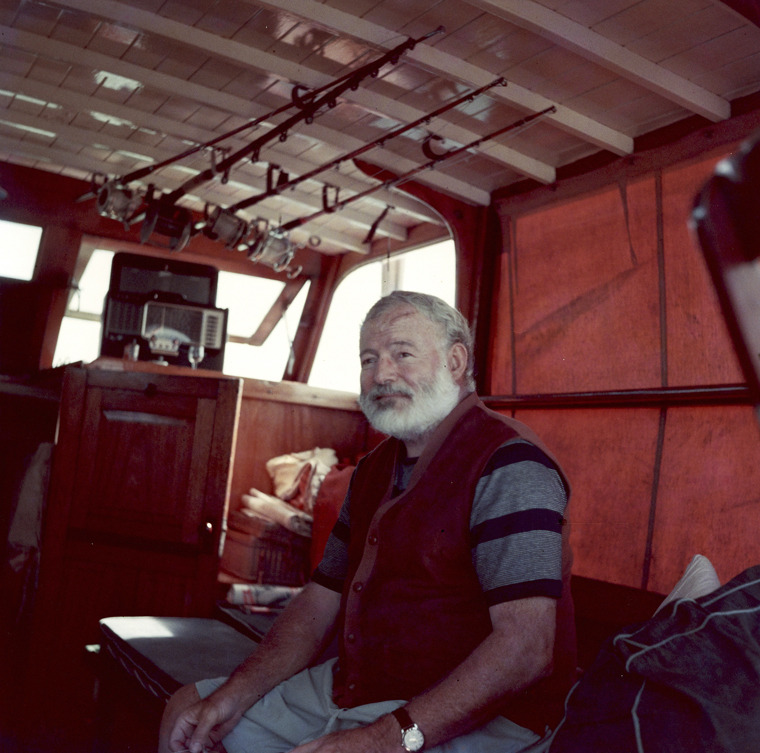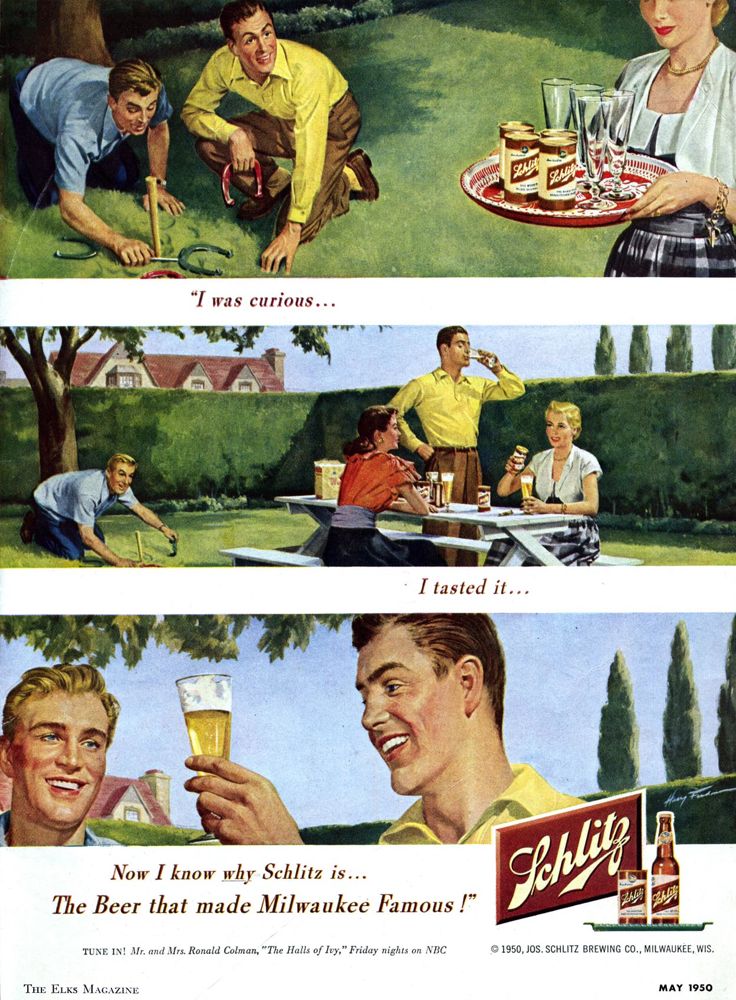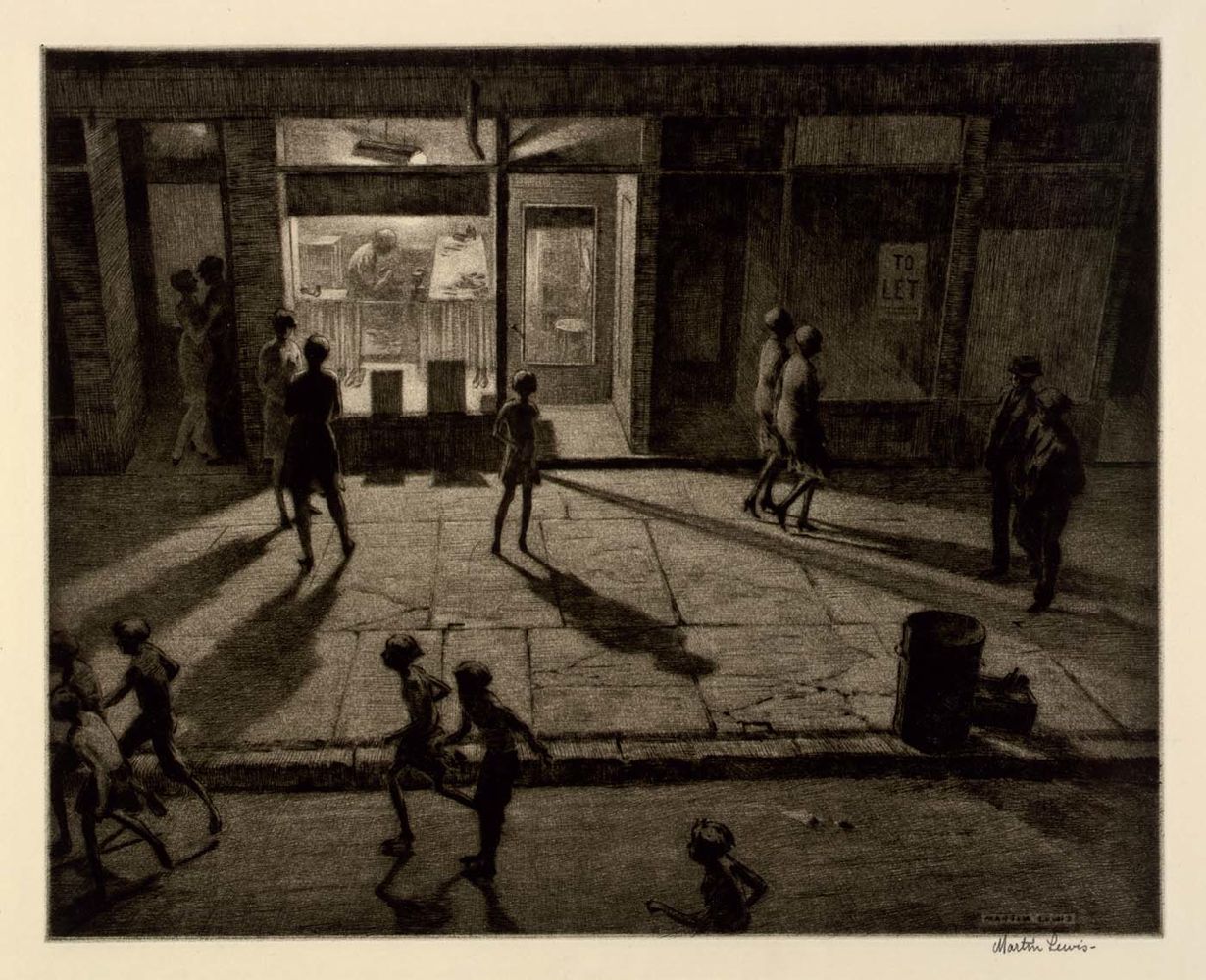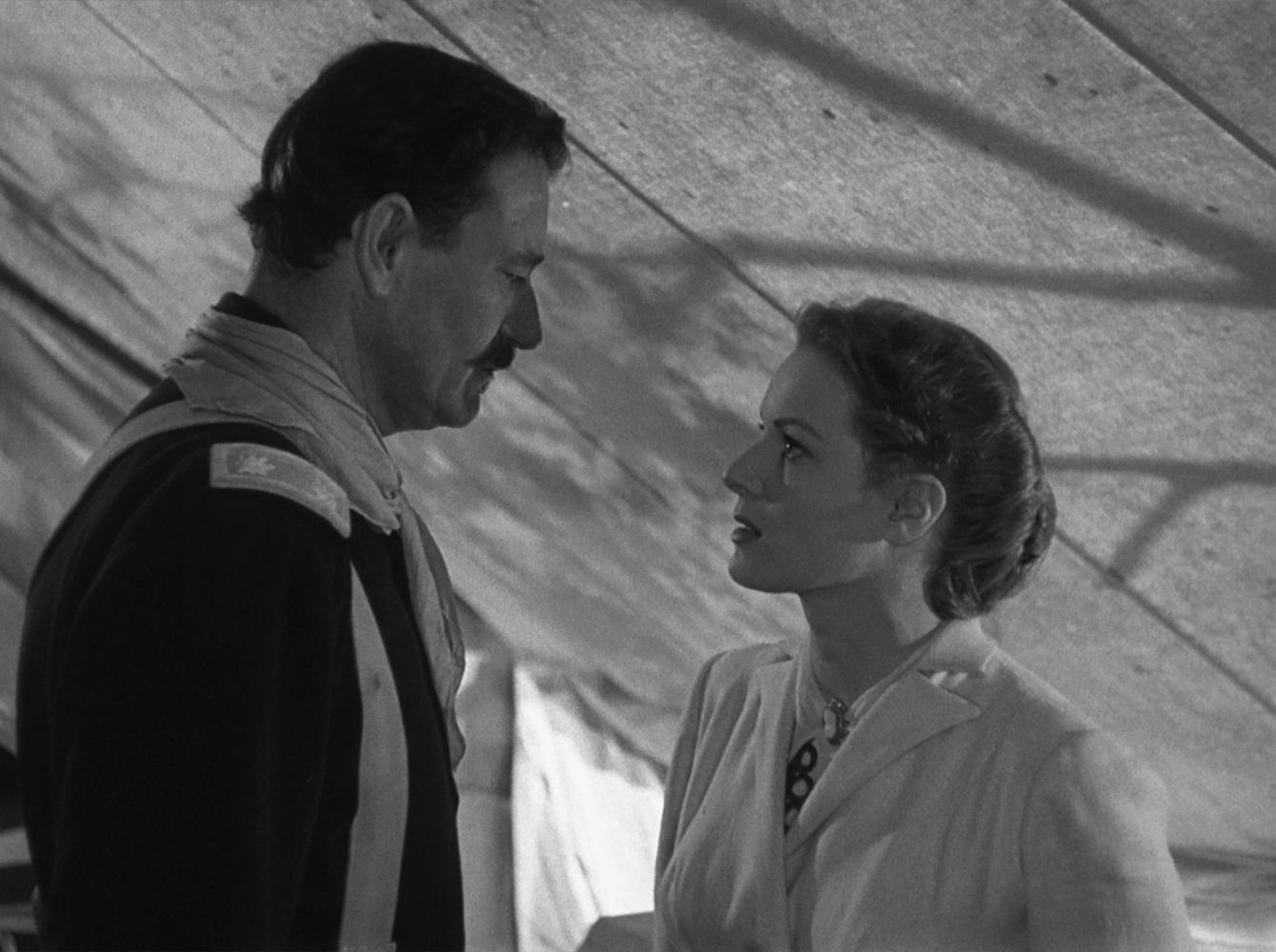Monthly Archives: August 2012
TIMOTHY O’SULLIVAN’S WEST
MY RIFLE, MY PONY AND ME
KIM
AN LP COVER FOR TODAY
AN EDWIN GEORGI FOR TODAY
A COLORED POSTCARD FOR TODAY
HEMINGWAY’S BOAT
This is the best book ever written about Hemingway because it has more of something few Hemingway books have in any amount — genuine compassion. The writers on Hemingway who idolize him, however circumspectly, don’t think he needs compassion, and those who despise him, however circumspectly, don’t think he deserves compassion.
We all need compassion, of course, and the scriptures say we all deserve compassion, even if we don’t. (This is the mystery of Grace.) In any case, few lives cry out for compassion more than Hemingway’s, and few men deserve it more, even on non-scriptural grounds, if only for the contrast between the intense joy and enlightenment his work has brought to so many people and the intense suffering he endured, especially towards the end of things.
Click on the image to enlarge.
Hendrickson’s book is not a biography — it’s a meditation on Hemingway’s 38-foot fishing boat Pilar (above, heading out to The Stream from Havana Harbor) and what it meant to the man. Hendrickson weaves into this meditation further meditations on the lives of people who shared time on the boat with Hemingway, especially the ordinary folks Hemingway befriended and was kind to.
Central to the book, though, is Hemingway’s youngest son Gregory, who led a bizarre life that careened between accomplishment and misery, the latter caused mostly by his obsession with cross-dressing, which Papa caught him doing for the first time when the boy was around nine. Gregory eventually had a sex-change operation and tried to make his way through life, somewhat desperately, as Gloria Hemingway:
The obvious contrast between Papa’s macho posturing and his son’s sexual confusion is neither interesting nor illuminating. What’s interesting and illuminating is the gender-crossing theme that runs through so much of Papa’s fiction, present even before he discovered he had a cross-dressing son, and developed most extensively in his unfinished novel The Garden Of Eden, written in the Fifties when his son’s sexual confusion was causing the family no end of embarrassment and pain.
It’s almost as though his son’s obsession caused Hemingway to delve even deeper into the theme, because it was there in his own psyche and because it would have been unmanly to dodge it.
Hendrickson doesn’t arrive at quite this conclusion, but I believe that Hemingway discovered in sexual love a mystery that both excited and disturbed him — the sharing of identity with a female that went beyond sympathy and understanding, that became, at least on some level, an existential doubling.
A man who was only about macho posturing would have denied this, avoided it — but such was Hemingway’s courage as an artist that he could not let the phenomenon alone, even if he could not quite make sense of it.
Some biographers have tried to relate the phenomenon to the fact that Hemingway’s mom dressed him as a girl in his childhood, and sometimes pretended that his older sister Marcelline was his identical twin — as though he were trying to reenact this situation in adult life. I think this is psychobabble. Hemingway discovered something extraordinary in sex, an interpenetration of sexual personae, of gender, that is very mature, very authentic, very profound.
Paul of Tarsus wrote, “In Christ there is no male and female” — probably the most radical statement to be found in the scriptures of any religion. Hemingway had an experience related to this insight in the throes of passion, and it enchanted him even as it bewildered him. In trying to write about it, he went out past where he was comfortable, both as a writer and and as man. The important thing is that he kept on trying to write about it, almost to the end.
You can see how the image of Pilar works in all this — a boat he took out into the Gulf Stream as often as he could, from which he cast out bait to bring up monstrous miracles from the uncharted depths, rehearsing again and again what he felt was his duty as an artist, as a writer of true things.
AN LP COVER FOR TODAY
A MAGAZINE AD ILLUSTRATION FOR TODAY
A MARTIN LEWIS PRINT FOR TODAY
100,000
At the end of February this year, I stopped posting on this blog for a month, during a switch to a new blogging host and platform. At the end of that period, the blog was down for four days. It went back up on 3 April.
The suspension and interruption cut traffic to the blog in half, from about 1,500 hits a day to about 700. Most people who visit my site are directed there by search engines — they’re usually looking for images, and since I post a lot of them in high resolution, all these visits tend to keep me moving higher and higher on the search pages, resulting in more and more hits.
The month-long hiatus dropped me back down a few notches, but I’m climbing up again. Today, I hit 100,000 hits since the blog went back up. That’s a lot of hits, and my thanks go out to everybody who has visited, for whatever reason.
I spend about an hour a day posting to the blog — it’s a pleasant routine and a kind of discipline which helps me structure my work day, spent mostly at the computer. The blog will be six years old this December, and I’ve enjoyed every minute I’ve devoted to it.
[Photo by Jae Song]
PAUL RYAN
On the Good Ship Malaprop, Mitt Romney introduced Paul Ryan as “the next President of the United States”. Poor Mitt — he’s just not ready for prime time. Ryan is, though.
Ryan is a snake-oil salesman, and like any good snake-oil salesman he comes across as a regular guy, a guy who just wants to put you onto a good deal. This is oddly refreshing after the vacuousness of Romney and Obama. They are spokesmodels for corporate America and come off like spokesmodels — hollow and robotic. Obama’s lofty rhetoric, that once reminded you of the rhetoric of a great preacher of the old school, fails to impress anymore, now that we know he’s just blowing smoke up our asses.
Ryan comes across as a human being, a flim-flam man but not a robot or a pasteboard pastor. This will be a two-sided sword for Romney — Ryan may inject some humanity into Romney’s campaign but that humanity will simultaneously make Romney look even more synthetic than he already does.
But Ryan is good. He will wipe the floor with Biden in their debate. He will remind people of Obama’s synthetic persona even as he reminds them of Romney’s synthetic persona.
He has suddenly made the race interesting.
KIRBY AND KATHLEEN
I won’t say that every shot in John Ford’s Rio Grande is brilliantly lit, composed and choreographed, an example of cinematic craft at its highest pitch of elegance and beauty. Perhaps five percent of the shots in the film don’t fit that description. On the other hand, neither Citizen Kane nor Vertigo achieves that level of perfection from shot to shot, and very few films exceed it, Seven Samurai, Chimes At Midnight and The Conformist being among the few that come readily to mind.
Click on the image to enlarge.

